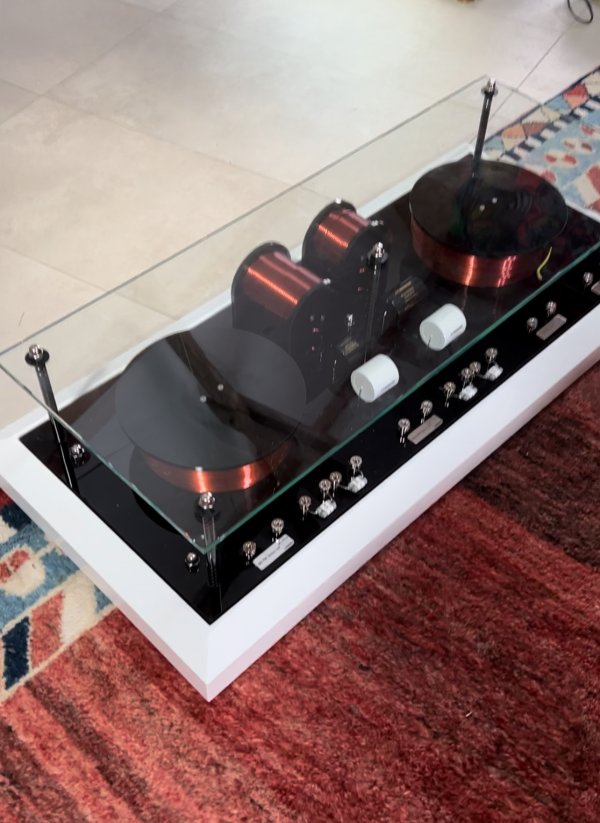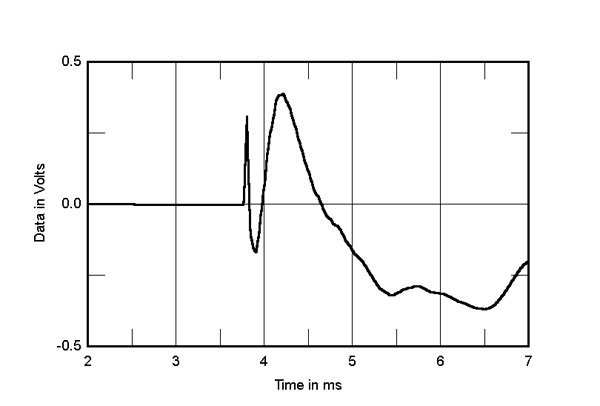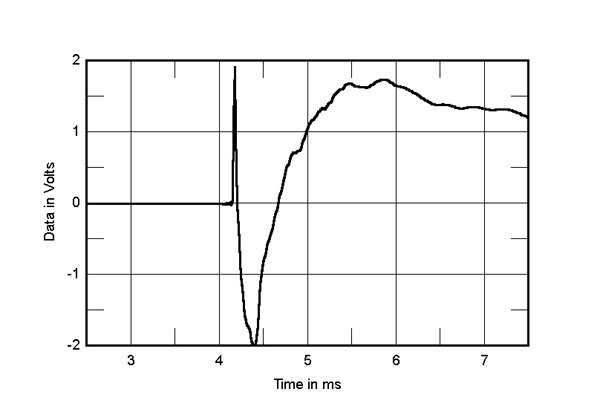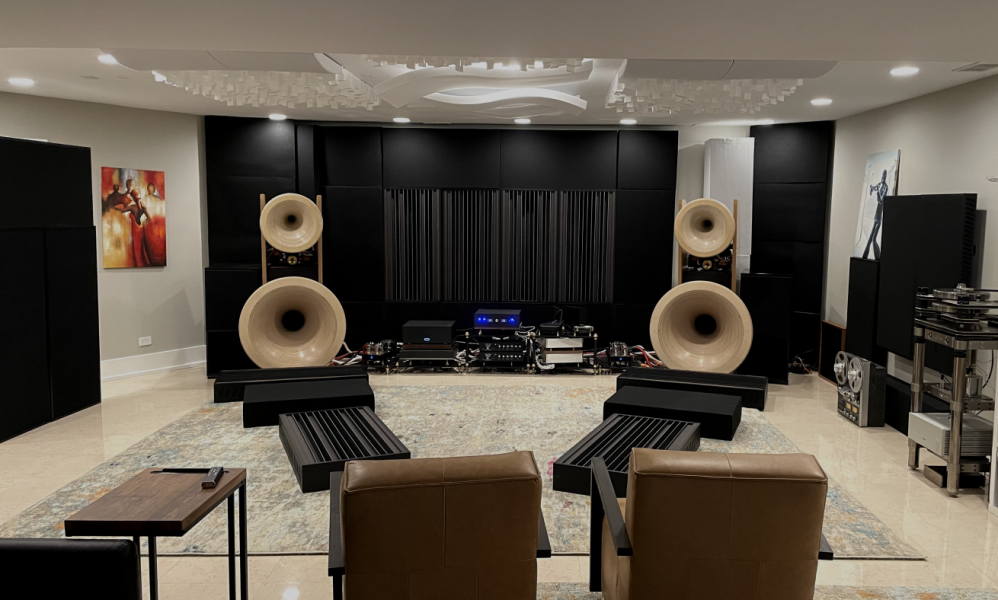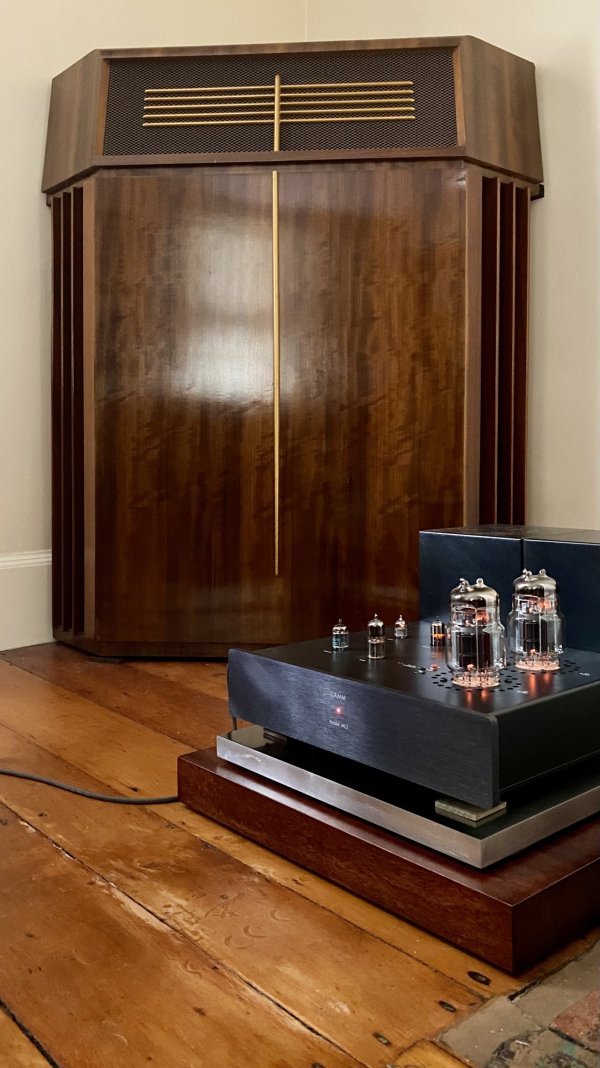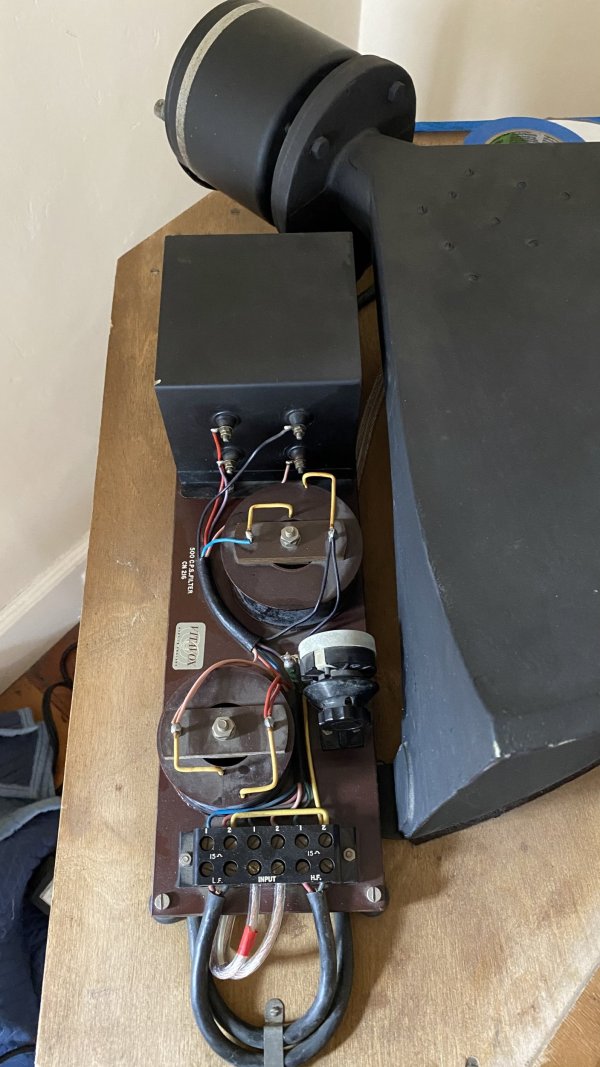Hornsolutions Swen
Well-Known Member
I’ve attached two images that, in my view, demonstrate a discreet and technically impeccable design. This is a three-way crossover, not a four-way one. Even if it were a four-way design, the setup would still appear clean and organized.Möchten Sie das erklären? Ich habe keine Meinung dazu, bin aber daran interessiert, es zu erfahren.
Of course, everyone is free to evaluate and appreciate the design based on their own preferences and priorities. Personally, I’m a strong advocate for discrete circuits and a straightforward, logical layout without unnecessary embellishments. In my opinion, an analog crossover should ideally be constructed as discretely as possible to ensure exceptional signal quality and clarity. This naturally includes short, lossless connections to maintain optimal performance.
Last but not least, a crossover’s purpose is to separate the drivers or ways, not to correct the frequency response. If frequency response correction is needed, the issue lies elsewhere—whether in the horn, drivers, enclosure, damping, or the combination of these elements. These root causes should be investigated and addressed first.
The design stands out due to the following features:
1. Carefully optimized spacing between the air coils to prevent any interference.
2. No assemblies or components that could disrupt one another.
3. Only four resistors are used instead of an excessive number, such as 50. (Why would a four-way crossover even require so many resistors?)
4. Air coils with a 3 mm² wire diameter and fully insulated wiring located beneath the upper assembly.
5. A 500 x 1000 x 3 mm copper plate with an optimally switchable grounding function forms the base of the entire setup.
6. The lower wiring is fully supported by POM mounts for stability and insulation.
7. The entire upper assembly is mounted on five low-frequency dampers, precisely tuned to the weight of the structure for optimal vibration control.
8. The resistance is below 0.1 ohms, ensuring virtually lossless signal processing.
9. Dimensions:
• Width: 22.84 inches (approx. 58 cm)
• Depth: 46.46 inches (approx. 118 cm)
• Height: 10.24 inches (approx. 26 cm)
• Weight: 260.14 pounds (approx. 118 kg)
Best regards,
Attachments
Last edited:















